Built to Last: Protecting Men’s Bones for Life
With increasing life expectancy, a growing number of men are now affected by osteoporosis—a condition historically...
Osteoporosis is a disease which makes bones weak and fragile. Women lose up to 20% of their bone density as they go through menopause.²
Fractures caused by osteoporosis are the leading cause of hospitalizations for women 55+ — more than stroke, heart attacks, and breast cancer combined.³
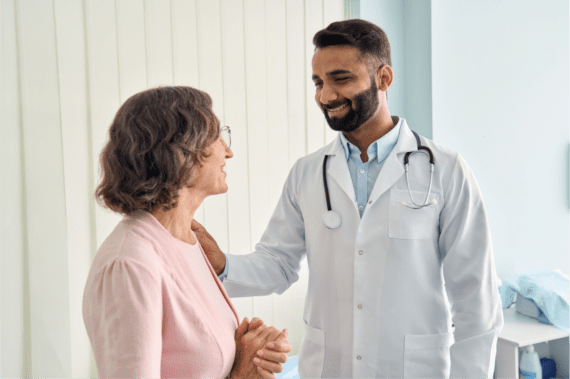
Learn about all the aspects of spine and bone health by reading our special edition of the NSHF Spine Health Journal on osteoporosis and bone health.
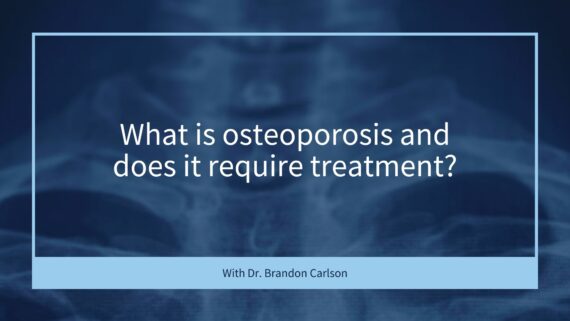

We tend to think of the skeleton as just this big structure in our bodies, but it’s living tissue. So, the actual definition of osteoporosis is predicated on that the tissue has become so degraded or is diseased in a way that fractures can occur with minimal trauma.
Does osteoporosis require treatment? Absolutely. Once we identify that someone has a disorder of bone such that they could sustain a fragility fracture, we have to treat that. Spine surgeons in particular have a big interest in this because we want to prevent fractures that are associated with surgeries.
There’s also different gradations of types of bone disease, so you could have weak bones such as osteopenia (also known as low bone mass). That means you’re in a lower category of possible risk for fracture. Osteoporosis is where you’re actually at the highest category of risk for fracture.
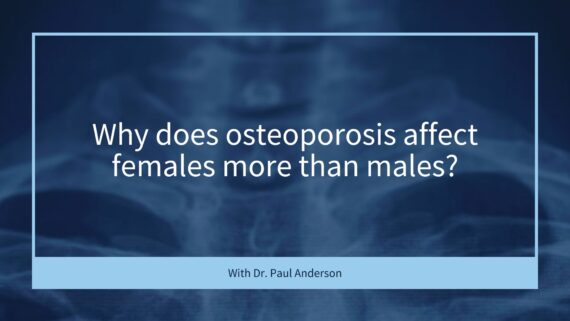

Our bone health, as we mature, changes. We reach maximum bone mass in our 20’s, and then after that, both men and women lose about 1% per year. But during menopause, usually about the age of 50, there is an accelerated loss of bone mass due to the withdrawal of estrogens.
The implications of this are that we want to reach a maximum bone mass in our 20’s, so teens in particular need to do weight-bearing exercise and consume calcium and vitamin D in the correct amounts. That will help you reach your highest level of bone mass possible so that as you get older, when you start losing bone mass, you won’t become osteoporotic.
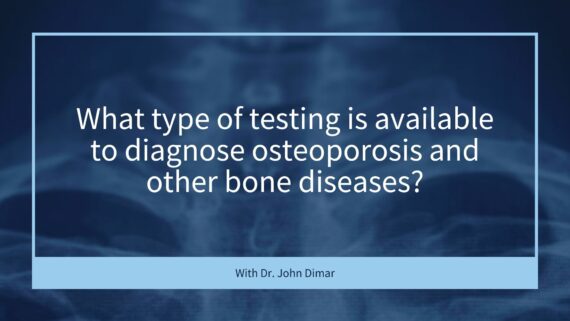

Any person over the age of 60 or with certain risk factors should consider testing. Women in particular should start to have DXA scans. A DXA scan is a very simple test that you often get at your primary care doctor that will help us determine whether or not you have osteopenia, which will become osteoporosis.
A DXA scan is what we’d recommend first, particularly in women over the age of 60, in men also that have any sort of chronic medical illnesses, and/or if there’s any family history of having soft bones. You almost always will have a grandmother or a mother that will have a back deformity that results from multiple fractures, or a hip fracture, for example, that are a telltale sign that you may have the gene that specifically may predispose you to osteoporosis.
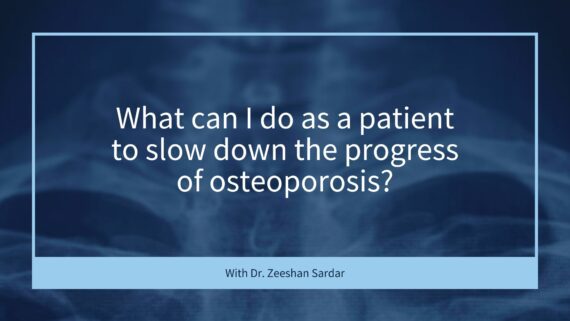

One of the most important things you can do to slow down the loss of bone mass is to stay active. Staying active means even just walking enough steps in a day. The reason for that is the more you’re on your feet, the more you’re putting weight on your bones, the more your body knows to maintain the strength of your bones.
Weight-bearing type of exercises also help. Even if you’re lifting 5, 10, 15 pounds, whatever is within your capacity, that you do some sort of weight-lifting type of exercises routinely so that you’re building up your muscles throughout your body. The more we’re lifting, the more it tells your body that it has to be used to lifting up more loads.
The other side is nutrition, meaning that you want to make sure you’re getting enough vitamin D, calcium, and just an overall healthy balanced diet.
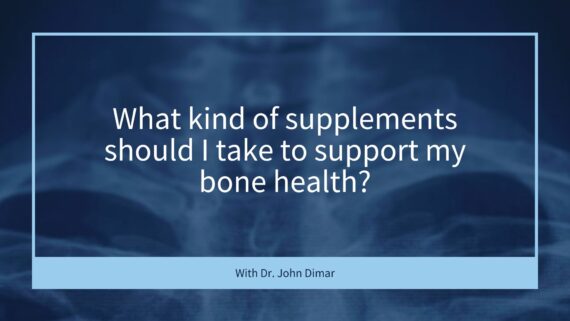

One of the key nutrients needed to support bone health is vitamin D3. It’s available at all drug stores over the counter, and it’s relatively cheap. You should probably take between 2,000 and 5,000mg, depending on your body weight, size, male or female, a day. And we often recommend supplemental calcium. You have to be careful with calcium, because if you take too much of it, it can cause some issues.
Most people in a regular diet that includes a lot of fruits and vegetables will get enough daily calcium. When you’re osteoporotic, you might want to take calcium, up to 1.2 grams per day.